Table of Contents
2025 trends in restaurant marketing: In an era where dining options abound, the competition among restaurants has never been fiercer. It's crucial for restaurant owners to be aware of the evolving marketing landscape to attract and retain their customer base. The strategies that soared in popularity yesterday may wane today, making adaptability vital to thrive in the industry.
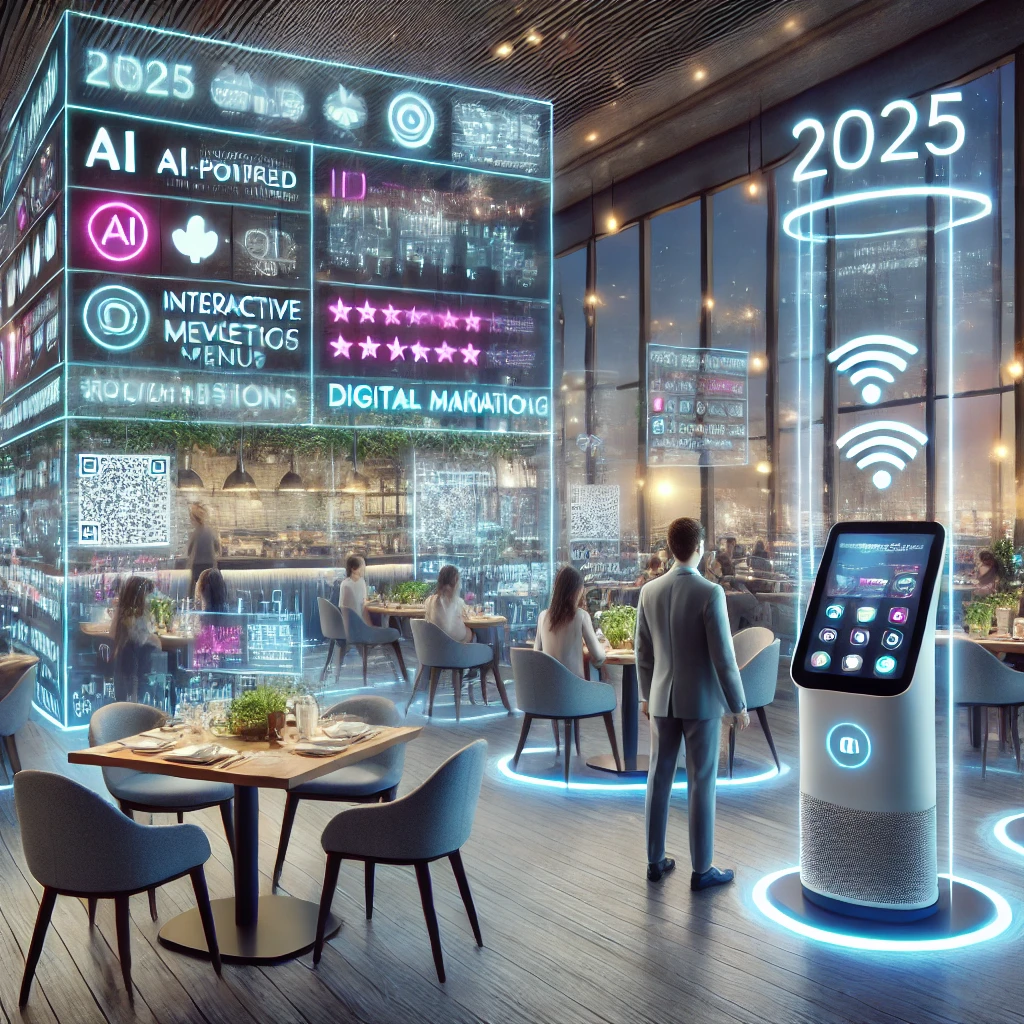
As we approach 2025, understanding the pivotal trends that define restaurant marketing is essential. These trends encompass a range of digital marketing essentials, from effective email campaigns to mastering local SEO tactics. Moreover, fostering an impressive online presence and engaging with the community can significantly elevate a restaurant's profile in a crowded market.
This article explores the latest trends in restaurant marketing for 2025, offering actionable insights into digital marketing, community engagement, customer retention, sustainability initiatives, and the integration of technology. By staying informed and adaptable, restaurant owners can cultivate a loyal customer base and stand out in an ever-evolving culinary landscape.
The Importance of Staying Updated in Restaurant Marketing
In 2025, the restaurant industry is poised to surpass $1 trillion in sales, highlighting the critical need for effective marketing strategies. With 98% of restaurant operators facing increased labor costs and 97% grappling with higher food costs, adopting digital innovation becomes not just advantageous but essential.
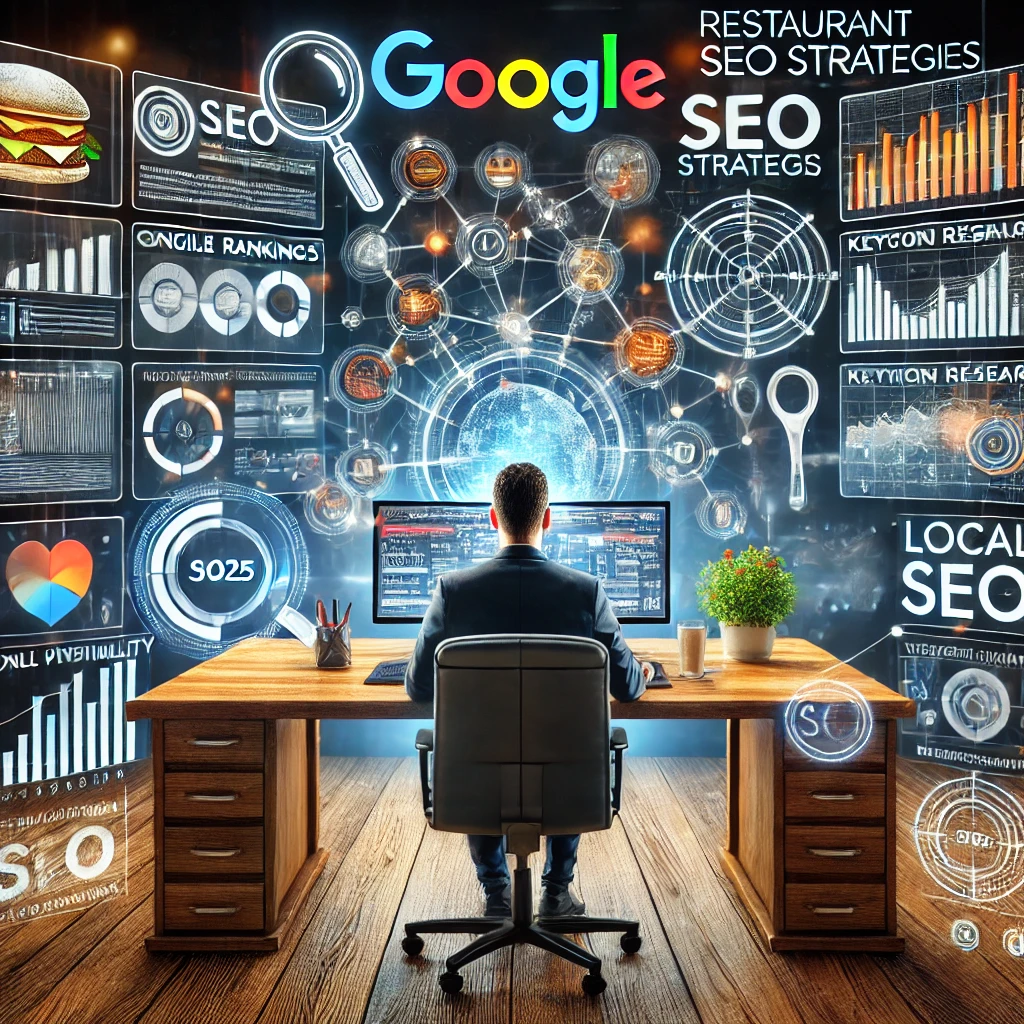
A robust online presence is vital, with 77% of potential customers searching for dining options online. This makes a well-designed website, social media presence, and Google Business Profile critical for making positive first impressions. Moreover, 90% of diners visit restaurant websites before deciding where to eat, emphasizing the need for high-quality user experience and content.
Customer engagement through online reviews remains a powerful tool. With 75.5% of consumers trusting these reviews, managing digital reputation can significantly impact search engine rankings and foot traffic.
To stay competitive, restaurant owners must leverage SEO strategies, social media platforms, and user-generated content. Embrace community and special events, utilize email campaigns and loyalty programs, and engage food bloggers to enhance both foot and organic traffic, ensuring sustained growth in the dynamic restaurant industry.
Key Digital Marketing Essentials & 2025 Trends in Restaurant Marketing
As the restaurant industry advances, digital marketing essentials become pivotal in attracting diners and boosting both foot and organic traffic. Search engine optimization (SEO) is indispensable, enhancing the online visibility of restaurants and ensuring they rank higher in search results. This boosts potential customer attraction, as effective online reviews influence 97% of diners aged 18-34, equating their trust level to personal recommendations.

A cohesive brand presence across multiple digital channels is a cornerstone of successful restaurant marketing. Consistency in messaging fosters brand trust and recognition, which is crucial in an era where online interactions often precede dining decisions. Equally important is ensuring that your restaurant's website is mobile-responsive. This guarantee of easy navigation on smartphones and tablets enhances the overall customer experience and accessibility, crucial for capturing the attention of mobile-savvy diners.
Integrating local SEO strategies further targets a geographically relevant audience. By incorporating location-specific keywords, restaurants can drive local traffic and boost footfall. This approach ensures diners in the vicinity are aware of your establishment when searching for dining options.
Email Marketing Strategies
To engage and retain customers effectively, personalized email marketing stands out. Sending tailored communications, such as birthday reminder emails, fosters customer engagement and heights the chances of repeat visits by making diners feel valued. Structuring email marketing efforts involves creating segmented email lists, catering to different dietary preferences and visit frequencies, ensuring relevant and appealing content for diverse customer groups.
Leveraging email marketing facilitates long-term relationships with regular patrons. Research indicates that existing customers tend to order more, where their average order value is 67% higher. Consequently, email campaigns focused on this demographic can maximize sales potential. Automating responses to customer actions, like reservations or special occasions, allows restaurants to maintain ongoing engagement without repeatedly investing manual effort.
Maintaining regular communication is crucial; sending emails ideally twice per week helps keep the restaurant's brand at the forefront of customers' minds. With around 30% of subscribers opening such emails, this strategy increases the likelihood of orders and visits.
Local SEO Tactics

Local SEO is essential in ensuring that your restaurant draws in local patrons effectively. By focusing on location-specific strategies, restaurants can successfully drive local traffic and enhance footfall. Regularly refreshing your Google Business Profile, including updating business information, uploading new photos, and actively responding to reviews, is critical. This practice not only improves visibility in local search results but also fosters better engagement with potential customers.
To bolster local search rankings, implementing structured data markup and maintaining consistent citation profiles are proven strategies. These techniques enhance your restaurant’s presence in the local pack of search results, increasing visibility when potential customers search for nearby dining options. Additionally, using relevant local keywords in your website content — including menus and special offerings — can enhance click-through rates in local searches.
Critical to optimizing local SEO efforts is closely tracking ad performance and adjusting tactics based on data insights. This enables restaurant owners to tailor strategies to effectively reach the most relevant audience, ultimately boosting the establishment’s presence and appeal within the local community.
Enhancing Online Presence
In 2025, enhancing your restaurant's online presence will be crucial for driving foot traffic and organic traffic. It begins with optimizing your website for search engines, which can significantly improve visibility and credibility. By implementing effective SEO strategies, including strategic keyword optimization within your Google Business Profile focusing on menu items and dietary preferences, your restaurant can improve its search rankings and capture the attention of local customers.
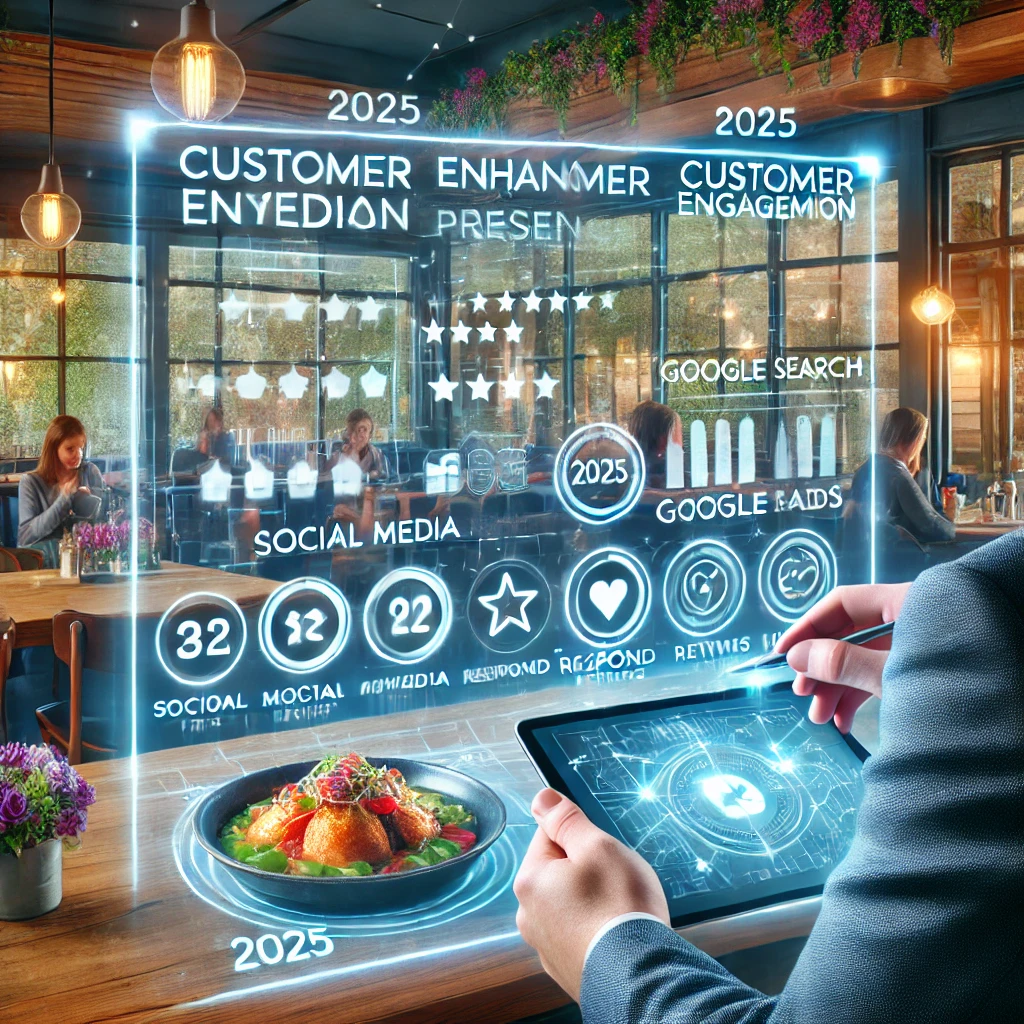
Leveraging paid advertising through platforms like Google Ads and Facebook Ads allows you to target potential customers in specific geographic areas, maximizing the effectiveness of your marketing budget. Moreover, voice search optimization is becoming increasingly important as more searches are conducted through voice-activated devices. Structuring content to address common queries effectively will be essential in capturing this growing segment.
Regular updates to your Google Business Profile with new content, such as seasonal offerings and events, help maintain a dynamic digital presence. This strategy is essential for attracting and retaining patrons, ensuring a consistent influx of new and loyal customers.
Social Media Management Best Practices
Social media platforms such as Instagram, Facebook, and TikTok have become vital tools for restaurant marketing in 2025. Their ability to foster reach and engagement through visually appealing content and interactive features can be pivotal for your restaurant. Scheduling posts at least two weeks in advance ensures consistency and allows you time to curate new content tailored to your target audience.

To further engage potential and returning customers, share non-generic content like behind-the-scenes videos, chef highlights, or unique dining experiences. This approach not only encourages interaction but also builds trust with your audience. Regularly updating social media pages with important information, such as the latest menus or opening times, is crucial for both active and passive followers who may not engage directly with posts but who rely on these platforms for current information.
Effective management of your online presence through social media can substantially boost your restaurant’s reputation. Engaging with feedback and maintaining a positive image can lead to sustained increases in sales over time, demonstrating the impactful role of social media in the restaurant industry.
Importance of Online Reviews
Online reviews are one of the most influential factors in diners’ decision-making processes, making their management an essential component of restaurant marketing strategies in 2025. Encouraging satisfied customers to leave reviews is vital, as studies indicate that 35% of consumers rely on reviews when choosing a new restaurant. Positive customer reviews serve as powerful trust signals for Google and can significantly impact local search rankings, enhancing your restaurant’s online visibility.
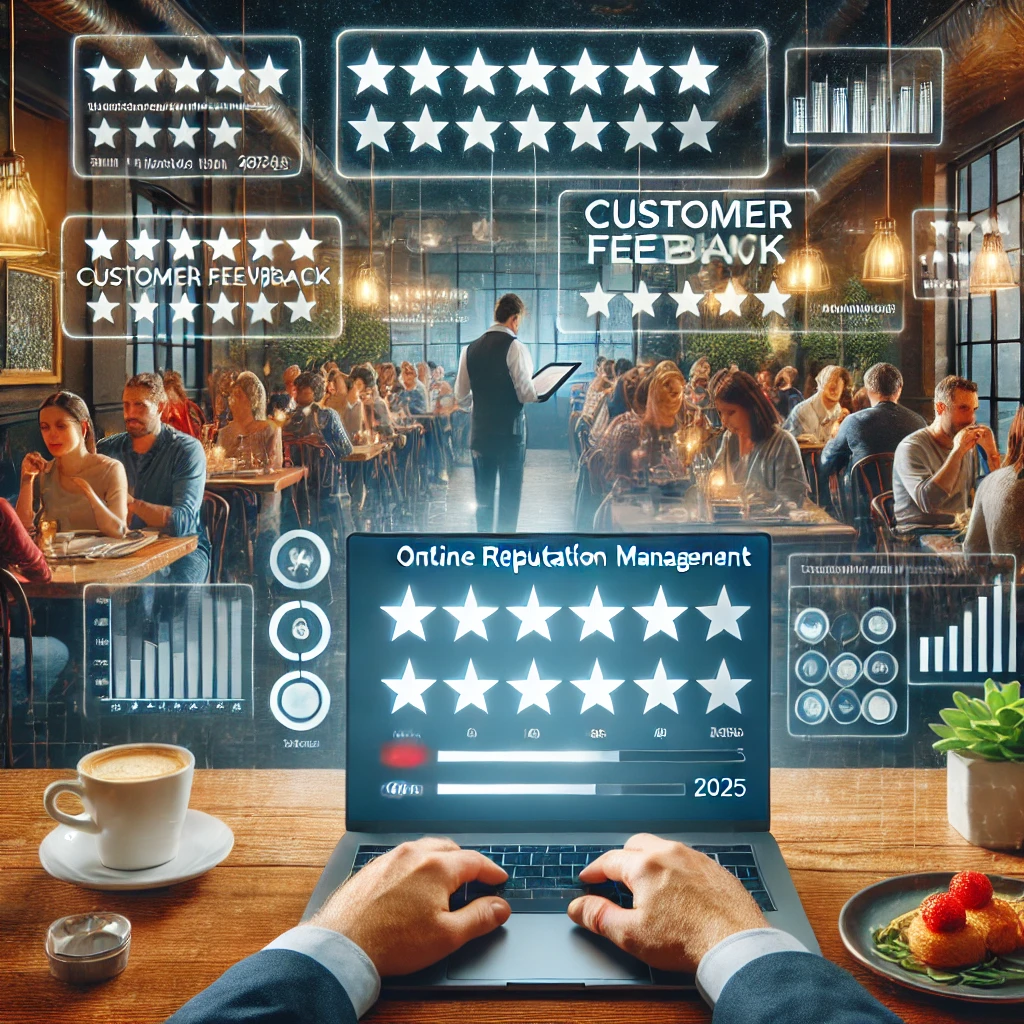
Engaging with online reviews by responding to feedback—expressing gratitude for positive assessments and addressing concerns in negative ones—fosters customer loyalty and demonstrates a commitment to improvement. Proactive online reputation management, including regularly monitoring reviews and utilizing tools to track new feedback, will be indispensable for timely and effective responses.
Table: Key Strategies for Online Presence Enhancement
| Strategy | Description |
|---|---|
| SEO Optimization | Improve search rankings through strategic keyword placement. |
| Google and Facebook Ads | Target specific geographical areas to maximize marketing efforts. |
| Voice Search Optimization | Structure content to capture voice search traffic effectively. |
| Google Business Profile | Regular updates to engage potential customers with new content. |
| Social Media Content | Use platforms for engaging and visual content to attract followers. |
| Review Management | Encourage and manage online reviews to improve reputation and rankings. |
In conclusion, integrating these practices will not only enhance your digital and physical presence but will also position your restaurant as a preferred dining option in the competitive restaurant industry landscape of 2025.
Community Engagement Techniques
Community engagement is a crucial component for restaurant owners aiming to build a strong brand and maintain a positive reputation. By participating in local events and supporting community initiatives, restaurants can foster loyalty among potential customers and enhance their overall digital presence. An exemplary model is Shake Shack, which actively partakes in local events and charitable initiatives, resulting in strengthened brand loyalty and a deep connection with the community. Engaging with the local community can be as straightforward as sponsoring or participating in events such as food festivals, charity runs, and farmers markets.
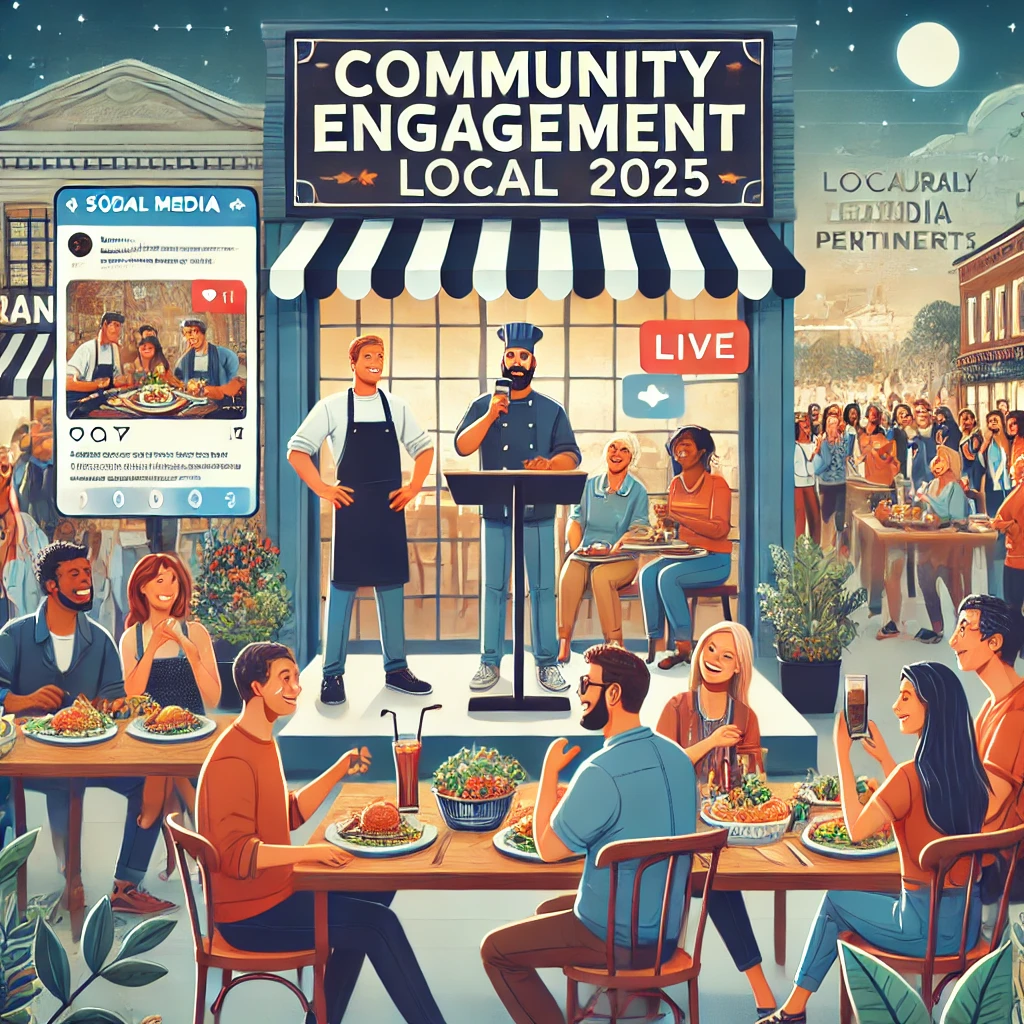
Utilizing social media platforms can further amplify your restaurant's community engagement efforts. By sharing authentic behind-the-scenes content and hosting live Q&A sessions with chefs, restaurants can create a more personal dining experience. Additionally, interactive content like polls and giveaways can invite meaningful interaction from your target audience, creating a buzz and enhancing community ties.
Collaborations and Cross-Promotions
Collaborations with nearby businesses can be a savvy move to increase foot traffic and attract new customers. Partnering with a local brewery for a special tasting event or organizing cross-promotions like discounts for customers of neighboring stores can expand your restaurant’s reach and enhance brand visibility. Joining local events and sponsoring gatherings like food festivals or farmers markets not only boost visibility but also demonstrate your restaurant’s commitment to the community.
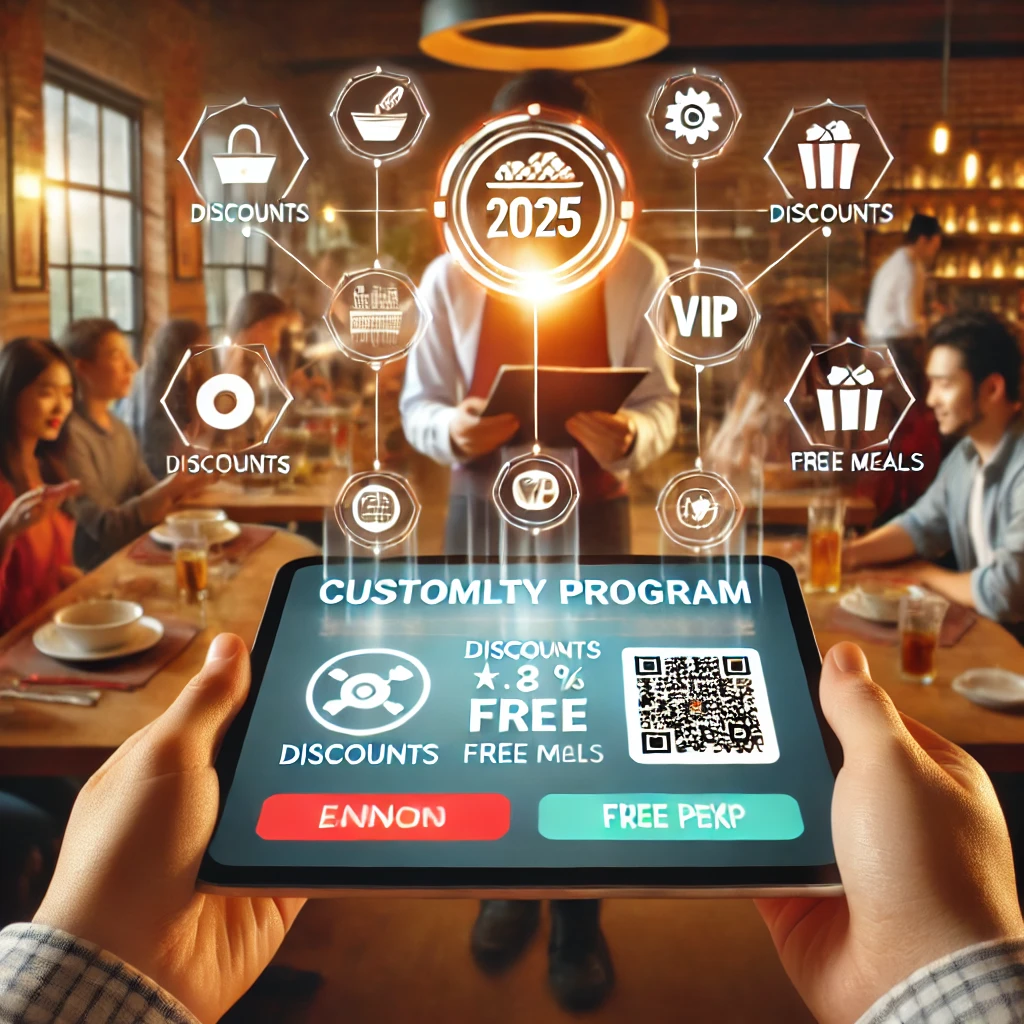
Engaging with local charities by hosting fundraising events benefits the community and elevates your restaurant’s image as a socially responsible business. Moreover, building relationships with local food influencers can lead to authentic storytelling, allowing you to connect with your audience on a deeper level, further enhancing brand engagement.
Creating Engaging Promotional Deals
Crafting engaging promotional deals can effectively attract customers and boost foot traffic. Seasonal events, such as Easter or the football World Cup, offer valuable opportunities to create themed dishes, set menus, or special food-and-drink combos. Innovative promotional ideas like branded games during holidays can elevate customer engagement and excitement around specific menus or events.
Highlighting limited-time promotions and special offers directly on your website creates urgency and encourages online orders. A prominently displayed feedback section or loyalty program on your site invites customers to share their experiences, increasing the likelihood of repeat visits. Furthermore, using social media to promote exclusive deals and engaging content can significantly boost customer interest and participation in your promotional efforts, ultimately enhancing both your organic traffic and community presence.
These effective strategies not only set the foundation for attracting loyal customers but also enhance your restaurant’s digital presence. With a well-rounded approach combining community engagement, strategic collaborations, and innovative promotional deals, your restaurant is poised to thrive in 2025's competitive dining landscape.
Customer Retention Strategies
In the dynamic restaurant industry of 2025, retaining loyal customers is vital for sustained success. Effective customer retention strategies not only enhance customer satisfaction but also boost foot traffic and organic search engine rankings. One of the foundational elements of customer retention is implementing well-thought-out loyalty programs. These programs leverage technology to track customer behavior, tailor experiences, and maintain engagement. Furthermore, personalizing customer experiences can create a significant impact, ensuring patrons feel appreciated and more inclined to return.
Implementing Loyalty Programs
Loyalty programs are increasingly becoming an essential tool for restaurant owners aiming to foster a devoted customer base. By integrating digital loyalty programs with POS systems, restaurants can automatically enroll customers, thereby tracking preferences and offering tailored rewards. This enhances both the dining experience and user-generated content.
These programs should have clear objectives, such as increasing repeat visits or boosting sales during sluggish hours. For instance, strategic discounts like early bird specials or seasonal offers can be implemented to attract potential customers when foot traffic is typically low. An excellent example of effective discount campaigns is Olive Garden’s Never Ending Pasta Bowl promotion, which successfully rejuvenated interest and increased customer visits.
Regular feedback on these programs is crucial. By gathering customer insights, restaurants can adapt and refine their offerings, aligning reward systems with customer expectations and modifying user experiences. Additionally, data insights from loyalty programs can drive retention strategies, ensuring marketing efforts are precisely aligned with customer behaviors.
Personalizing Customer Experiences
To enhance customer loyalty and satisfaction, personalizing experiences plays a critical role. By utilizing data from loyalty programs and other customer touchpoints, restaurants can offer tailored discounts and rewards based on individual preferences and past orders. A straightforward points-based loyalty program should be clearly communicated, ensuring customers understand how to earn and redeem points, thus enhancing engagement.
Creating exclusive dining options, such as chef’s table dinners or personalized events, strengthens connections with patrons, making them feel special and valued. This personal touch not only improves their experience but also fosters a sense of belonging.
Furthermore, encouraging referrals through rewards for bringing new members into the loyalty program can organically expand the customer base. Engaging customers through personalized service and tailored interactions—both online and offline—ensures a lasting relationship and strengthens brand loyalty. By doing so, restaurants can effectively maintain a competitive edge in the bustling restaurant landscape of 2025.
Embracing Sustainability Initiatives
In the increasingly competitive restaurant industry, embracing sustainability initiatives is not only an ethical choice but also a strategic one. By integrating eco-friendly practices and marketing them effectively, restaurant owners can boost their restaurant's foot traffic and organic presence. This approach aligns with shifting consumer expectations, potentially drawing new and loyal customers who value sustainable dining options.
Eco-Friendly Practices in Restaurants
Implementing eco-friendly practices is crucial for any forward-thinking restaurant. Incorporating sustainable methods can significantly reduce environmental harm and cut operational costs. Utilizing eco-friendly cleaning products, for example, ensures a safer environment for both employees and diners while minimizing ecological impact.
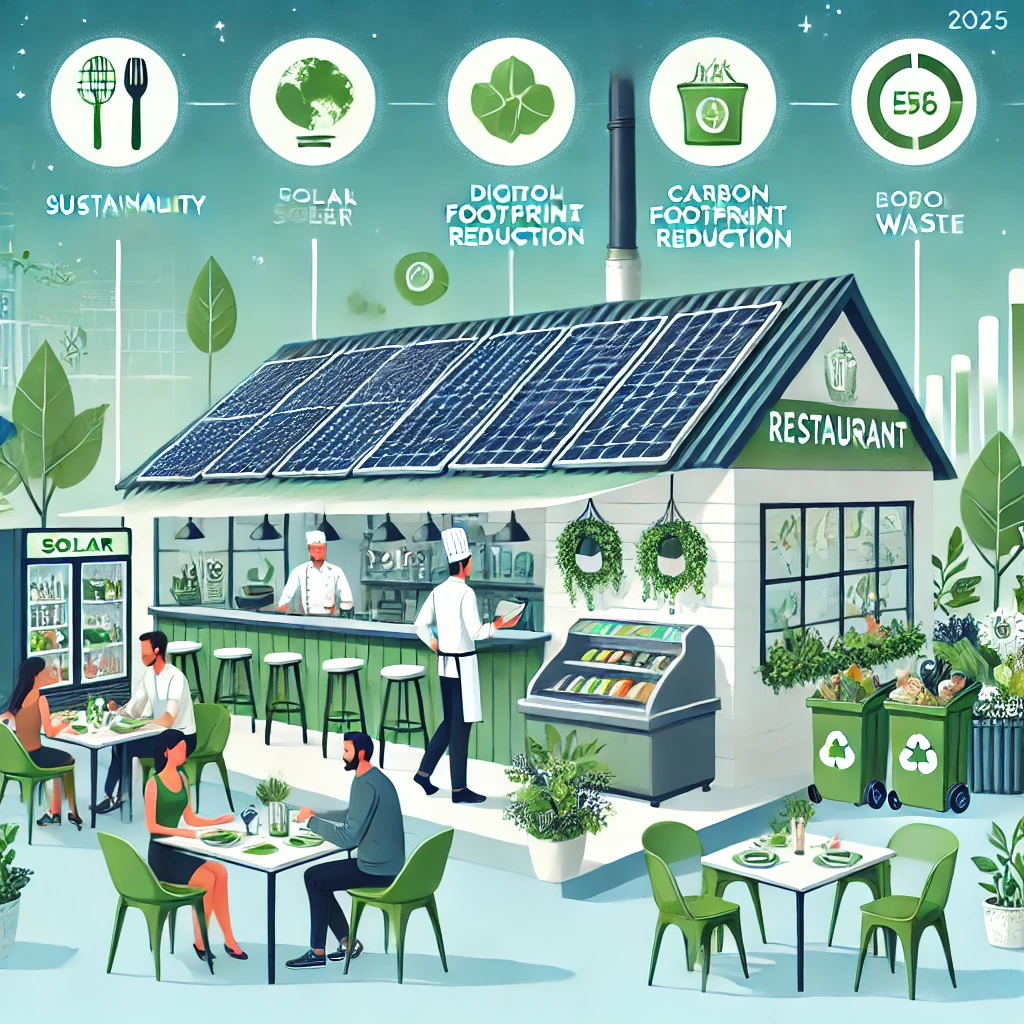
Partnerships with local farms through Community Supported Agriculture (CSA) programs provide a dual benefit. Not only do these alliances source fresh, seasonal ingredients that enhance dining options, but they also support local economies and reduce carbon emissions related to transportation. Moreover, automated food waste tracking systems like those offered by LeanPath can offer vital insights into food waste patterns. These insights help restaurants committed to sustainability manage waste more effectively.
Digital tools, such as automated reservation and digital POS systems, contribute to streamlined operations and waste reduction, aligning with green initiatives supported by companies like Restroworks. By prioritizing eco-friendly practices, restaurants not only control costs but also meet evolving consumer expectations.
Marketing Sustainability to Consumers
Effectively marketing sustainability practices can enhance customer loyalty and attract environmentally conscious diners. Restaurants can engage patrons by sharing stories about their sustainability initiatives through content marketing. Highlighting commitments like utilizing 'ugly' produce minimizes waste and supports sustainable agriculture, aligning with consumer values.
Moreover, transitioning to compostable or biodegradable packaging reduces plastic waste, showcasing the restaurant's dedication to eco-friendly operations. Establishing donation programs for unused food supports local charities, further cementing the restaurant's role in community support.
To effectively communicate these efforts, consider the following strategies:
- Share Your Story: Use social media platforms to narrate your sustainability journey. This connection can transform occasional visitors into loyal customers.
- Emphasize Positive Reviews: Encourage diners to leave online reviews focusing on your green practices.
- Engage Food Bloggers: Invite them to experience your sustainable dining options and reach wider audiences through their platforms.
Incorporating these elements into your marketing strategy can elevate your restaurant's digital presence and search rankings in 2025, ensuring that your establishment stands out as a responsible dining choice.
Integrating Technology into Restaurant Operations
In the evolving landscape of the restaurant industry, integrating advanced technology has become imperative to navigate rising costs and intense competition. Advanced Point of Sale (POS) systems are revolutionizing restaurant operations by automating and streamlining various processes. These systems not only improve efficiency but also reduce operational costs by digitizing manual tasks. For restaurant owners aiming to improve their marketing Return on Investment (ROI), leveraging data-driven decision-making through advanced analytics is crucial. By utilizing customer relationship management (CRM) data, restaurants can gain valuable insights into customer preferences and behaviors, enabling them to forge deeper connections and enhance customer engagement.
Strategic allocation of resources across digital platforms is essential for maintaining brand consistency. Adapting to emerging technologies and consumer preferences ensures that restaurants can sustain their digital presence in a booming market.
Utilizing Apps for Ordering and Reservations
Online ordering and reservation platforms are a powerful tool in enhancing customer satisfaction by offering a seamless experience for menu browsing, customization, and booking. These platforms extend a restaurant's reach beyond its physical walls, allowing potential customers to interact with the brand conveniently. For instance, integrated online reservation systems, such as those deployed by Fire & Vine’s El Gaucho restaurant, streamline the customer journey by allowing reservations to be made directly via Google Search or Maps. This integration is crucial for improving conversion rates.
When selecting an online ordering and reservation platform, consider how well it integrates with existing POS systems to ensure smooth workflows. A well-structured, user-friendly online menu is vital for customers to easily access item descriptions and prices, facilitating informed dining decisions and enhancing their overall user experience. Moreover, features like mobile-friendly ordering, customizable menu layouts, and multiple payment options provide a hassle-free experience across various devices, meeting the expectations of today's tech-savvy diners.
Implementing Data Analytics for Decision Making
To stay competitive, restaurant owners must embrace data analytics as a fundamental component of their digital marketing strategy by 2025. Google Analytics is an essential tool for tracking website traffic and understanding user behavior, offering insights that aid in refining marketing strategies. By effectively managing online reputation and utilizing customer feedback through data analysis, restaurants can drive sales growth over time. This emphasis on data-driven decision-making not only tailors marketing strategies but also improves customer service, ultimately enhancing customer satisfaction.

The measurement and improvement of marketing ROI through advanced analytics are crucial in determining the success of restaurant marketing campaigns. By collecting guest data, restaurants can better plan future initiatives and optimize resources, ensuring they meet the needs of their target audience and maintain a strong online presence. As digital presence becomes increasingly significant, employing SEO strategies to improve search engine rankings will further attract potential customers seeking new dining options.
By integrating these approaches, restaurants can effectively grow both their foot and organic traffic in 2025, securing their place in a highly competitive market.
Frequently Asked Questions (FAQs) for Restaurant Marketing in 2025
1. Why is staying updated with restaurant marketing trends essential?
Staying updated helps restaurants adapt to industry changes, leverage digital tools effectively, and stay ahead of competitors in a rapidly evolving market.
2. How can restaurant owners handle rising labor and food costs?
Restaurant owners can implement digital marketing strategies, optimize operations, and use automation to reduce expenses while maximizing efficiency.
3. What role does SEO play in restaurant marketing?
SEO boosts a restaurant’s online presence, increasing visibility in search engine results and attracting more customers.
4. How can restaurants encourage positive online reviews?
By delivering excellent service, asking satisfied customers to leave reviews, and professionally addressing customer feedback.
5. Why is a mobile-friendly website crucial for restaurants?
With most customers searching for dining options on their phones, a mobile-responsive site ensures easy access and better user experience.
6. How does email marketing help restaurants retain customers?
Email marketing builds strong relationships with diners through personalized promotions, event reminders, and exclusive offers.
7. What are the most effective social media strategies for restaurants?
Regularly posting engaging content, showcasing menu highlights, interacting with followers, and leveraging influencer collaborations.
8. What is local SEO, and how does it benefit restaurants?
Local SEO improves search rankings for location-specific queries, ensuring that nearby customers discover your restaurant online.
9. How often should restaurants update their Google Business Profile?
Regular updates with fresh photos, promotions, and responses to reviews improve visibility and customer engagement.
10. What are effective community engagement techniques for restaurants?
Participating in local events, hosting charity fundraisers, and partnering with local businesses to build trust and brand loyalty.
11. How can restaurants benefit from cross-promotions?
Collaborating with local businesses or influencers helps expand brand reach and attract new customers.
12. What promotional deals work best for restaurants?
Limited-time offers, holiday specials, and loyalty discounts drive urgency and encourage repeat business.
13. Why should restaurants implement loyalty programs?
Loyalty programs encourage repeat visits by rewarding customers with exclusive discounts and personalized offers.
14. How does sustainability impact restaurant marketing?
Sustainability practices attract eco-conscious customers, reduce costs, and enhance the restaurant’s reputation.
15. What are some eco-friendly practices for restaurants?
Using biodegradable packaging, sourcing locally, reducing food waste, and implementing energy-efficient kitchen equipment.
16. How can technology improve restaurant operations?
Automation, AI-driven customer insights, and online ordering systems streamline workflows and enhance customer experience.
17. What are the benefits of online ordering and reservations?
Online systems provide convenience, reduce wait times, and improve restaurant efficiency while increasing customer satisfaction.
18. How does data analytics enhance restaurant marketing?
Data insights help tailor marketing strategies, improve customer service, and measure return on investment.
19. Why is voice search optimization important for restaurants?
With more people using voice search, optimizing for common dining-related queries helps improve local search visibility.
20. What digital marketing essentials should restaurants focus on in 2025?
SEO, social media engagement, email marketing, reputation management, and website optimization are key to long-term success.
21. How can blog posts help restaurants increase their digital presence?
High-quality blog content improves SEO, educates customers, and positions the restaurant as an authority in its niche.
22. Why is social media marketing critical for restaurant success?
It helps engage with potential diners, showcase promotions, and build a sense of community around the brand.
23. What role do marketing channels play in restaurant growth?
Using a mix of digital and traditional advertising channels ensures maximum outreach and customer engagement.
24. How do social media channels impact customer interaction?
Platforms like Instagram, Facebook, and TikTok allow restaurants to interact directly with customers and drive sales.
25. What is the importance of natural language in restaurant marketing?
Using conversational and engaging language in marketing helps build a personal connection with customers.
26. How can restaurants create memorable experiences for customers?
Providing exceptional service, personalized offers, and unique dining atmospheres ensures repeat visits.
27. Why should restaurants focus on social media profiles?
A well-managed profile increases credibility, attracts more customers, and enhances online reputation.
28. What is the role of operational efficiency in restaurant success?
Streamlining processes and using automation can improve service speed, reduce costs, and enhance customer satisfaction.
29. How can modern restaurant marketing impact sales?
Innovative digital strategies, influencer collaborations, and email campaigns drive higher revenue.
30. What are the benefits of personalized promotions for restaurants?
Targeted offers based on customer behavior improve engagement and increase repeat visits.
31. How does mobile optimization enhance restaurant websites?
A responsive design ensures smooth navigation and fast loading times, improving user experience.
32. How can restaurants use special promotions to attract customers?
Offering exclusive discounts during themed nights or special events generates excitement and foot traffic.
33. What is the importance of customer engagement metrics?
Tracking engagement rates helps restaurants measure the success of marketing campaigns and improve strategies.
34. Why should restaurants consider email newsletters?
Regular updates on menu changes, events, and special offers keep customers informed and engaged.
35. How can restaurants improve waste management features?
Using food waste tracking systems helps reduce costs and contribute to sustainability efforts.
36. How does digital ordering solutions improve restaurant efficiency?
It speeds up the ordering process, minimizes errors, and provides a seamless customer experience.
37. Why are high-traffic restaurants focusing on influencer marketing?
Collaborations with food bloggers and fitness influencers help attract a broader audience and increase brand awareness.
38. What are the key strategies for restaurant marketing in the future?
Leveraging AI-driven insights, personalized experiences, and omnichannel strategies ensures long-term success.
39. How can restaurants effectively host events?
Partnering with local businesses, offering themed experiences, and promoting through social media enhances event participation.
40. How do cost reduction strategies benefit restaurants?
Optimizing operational costs, negotiating supplier prices, and utilizing marketing automation improves profitability.




